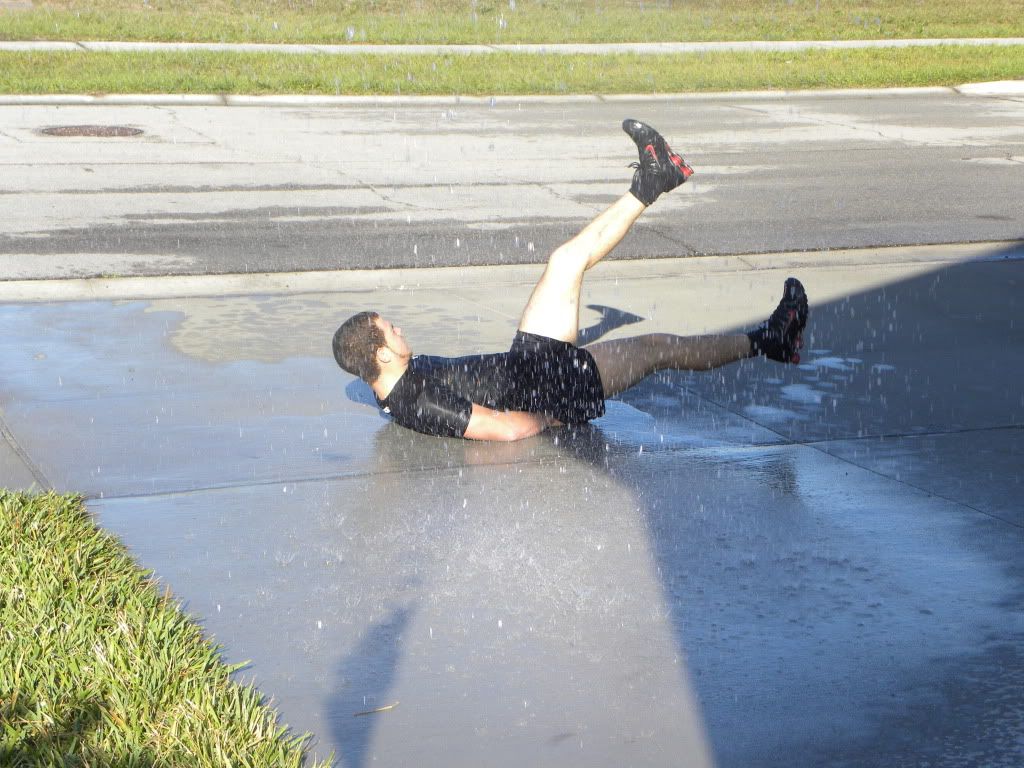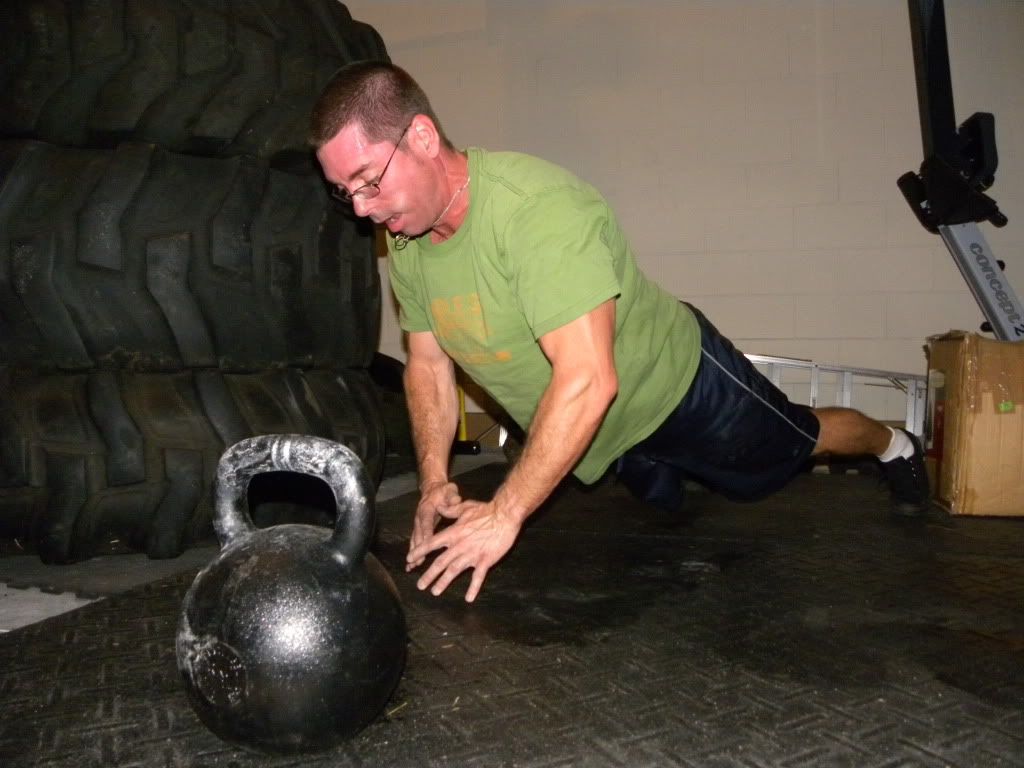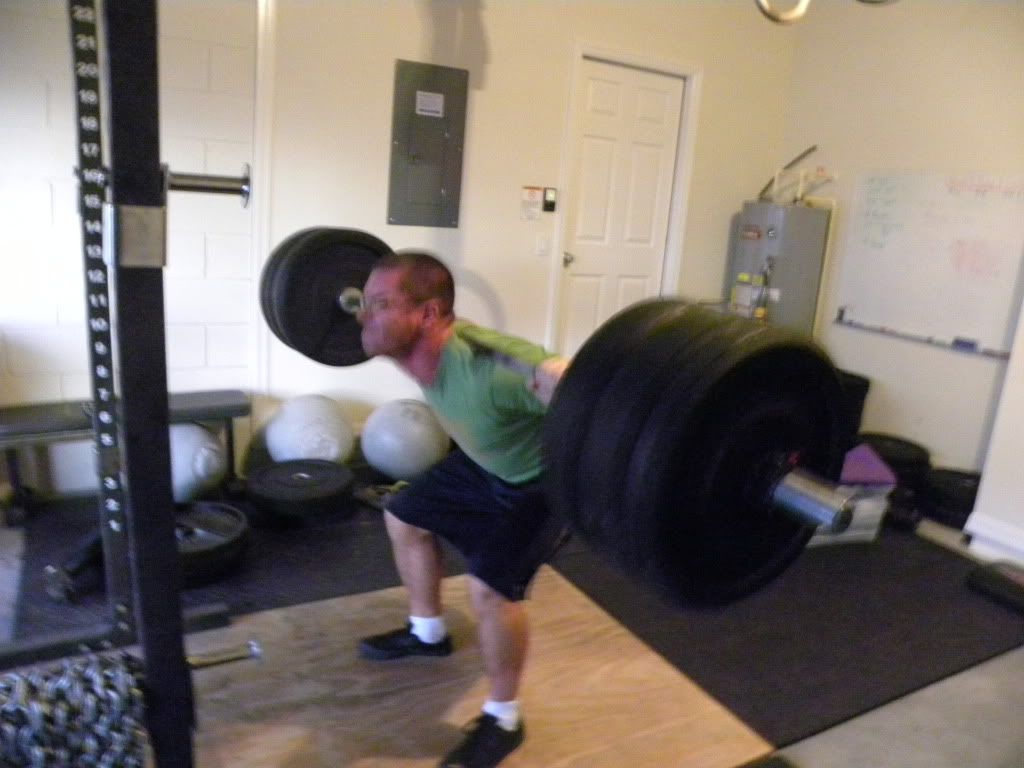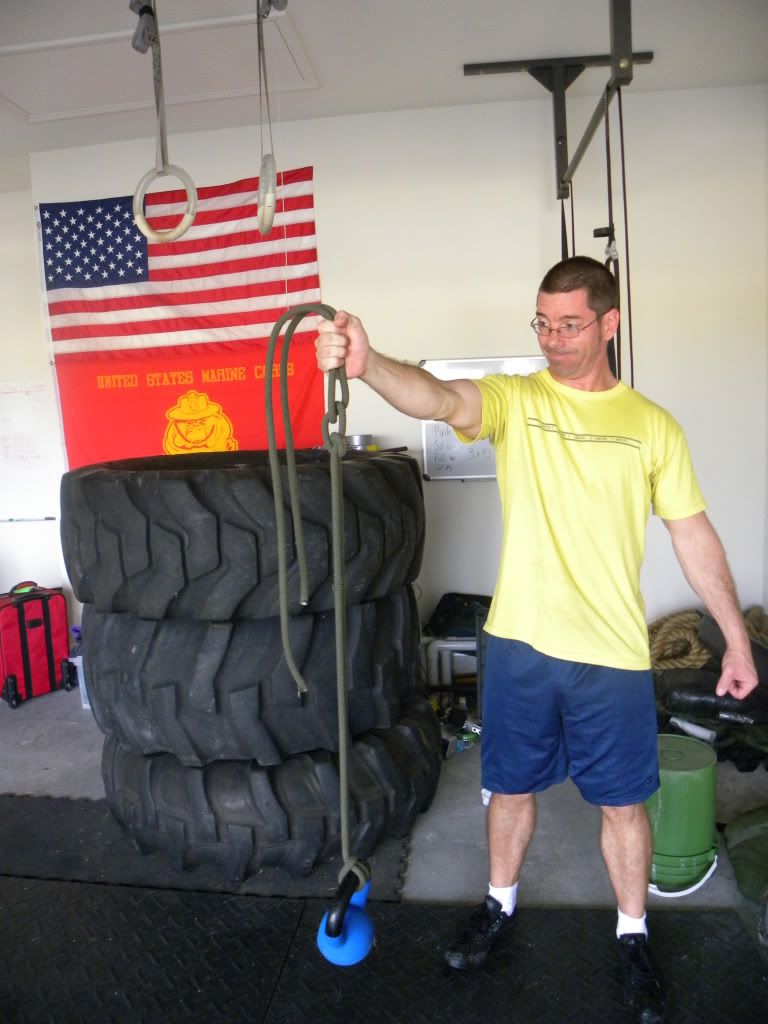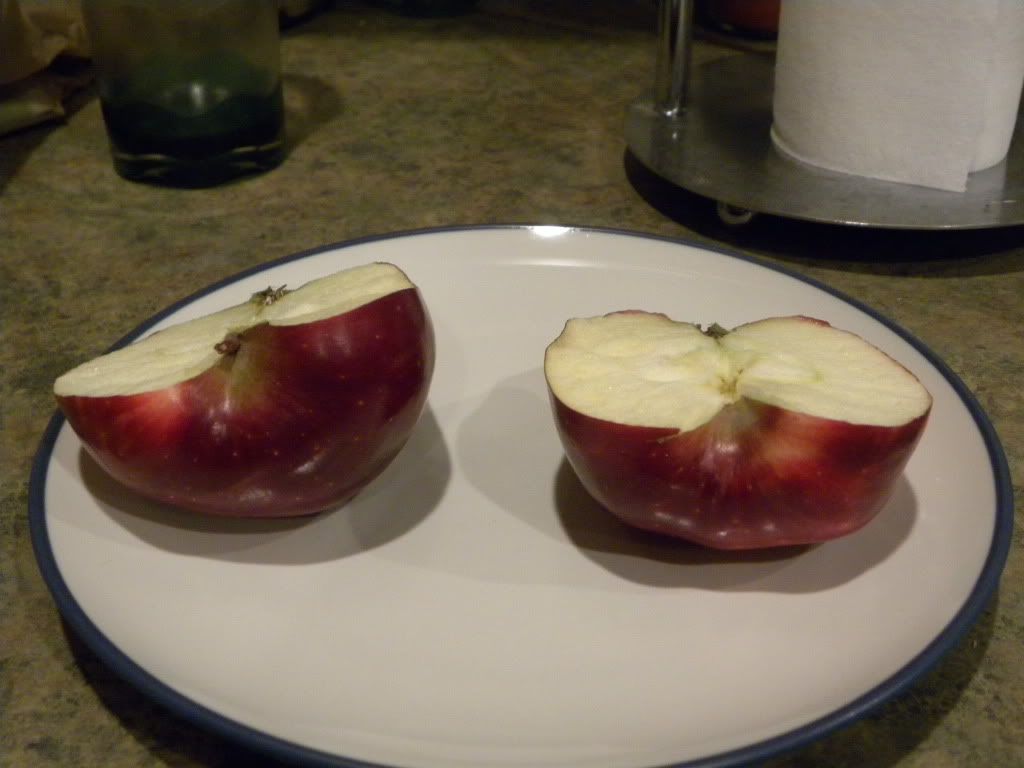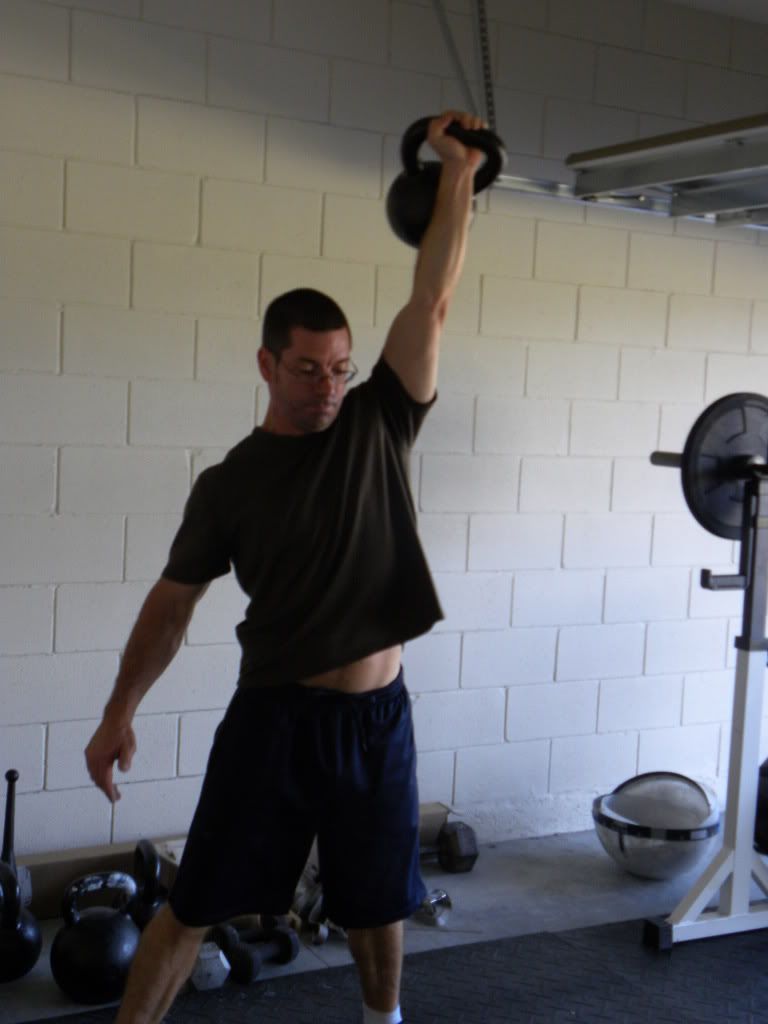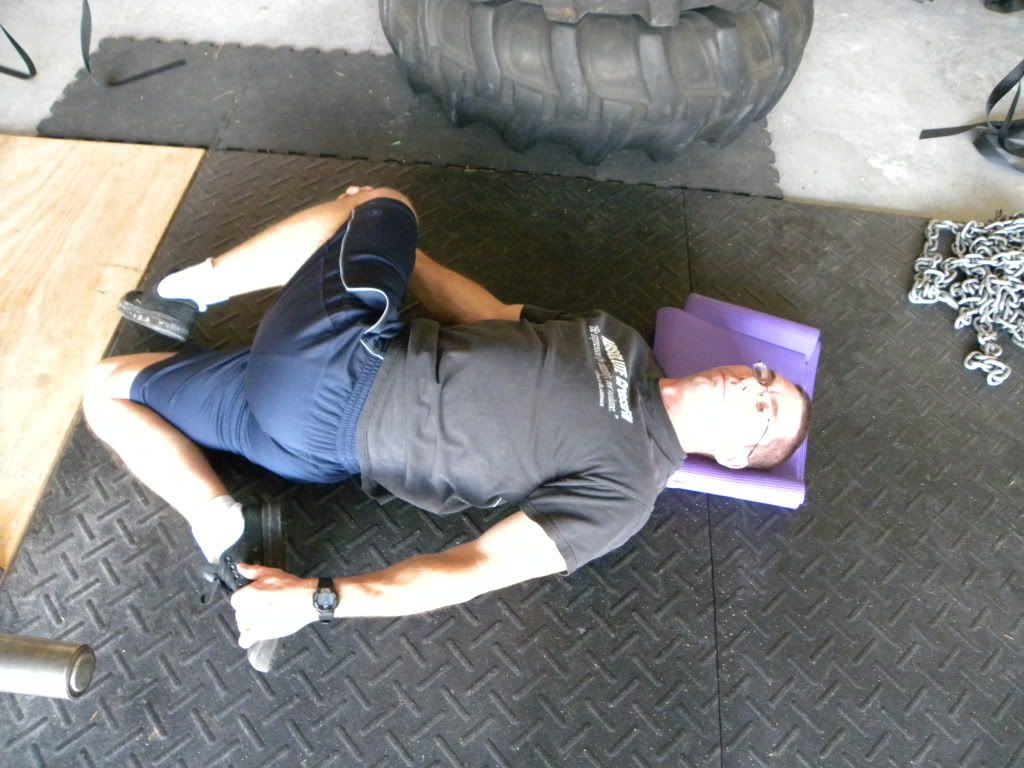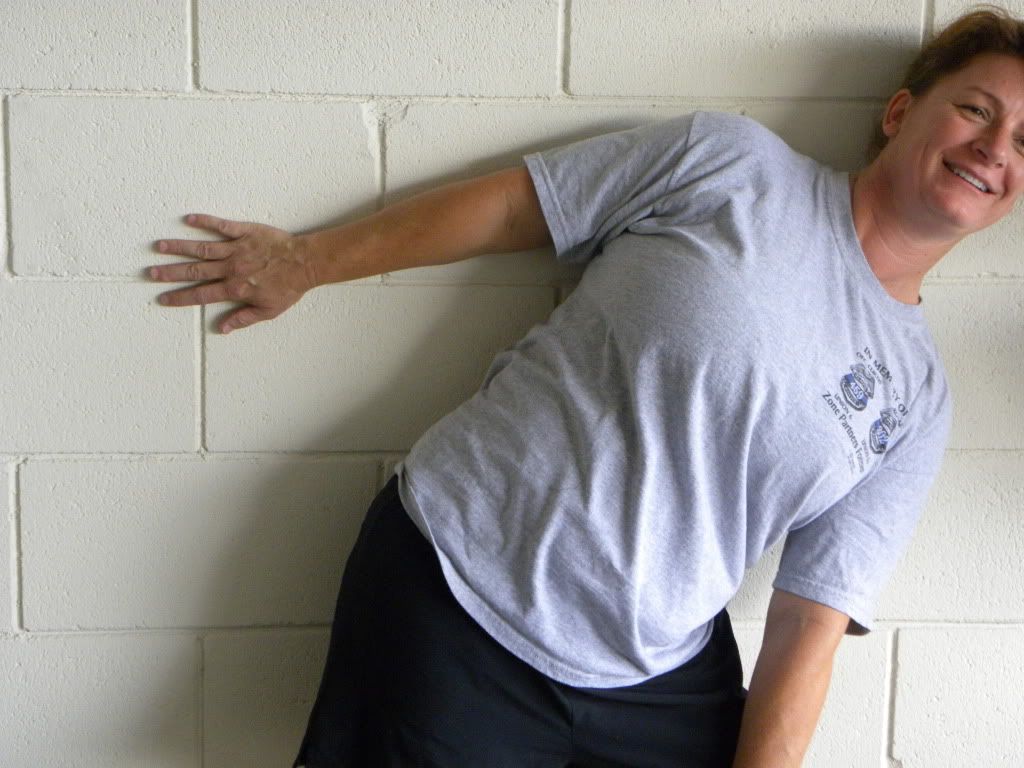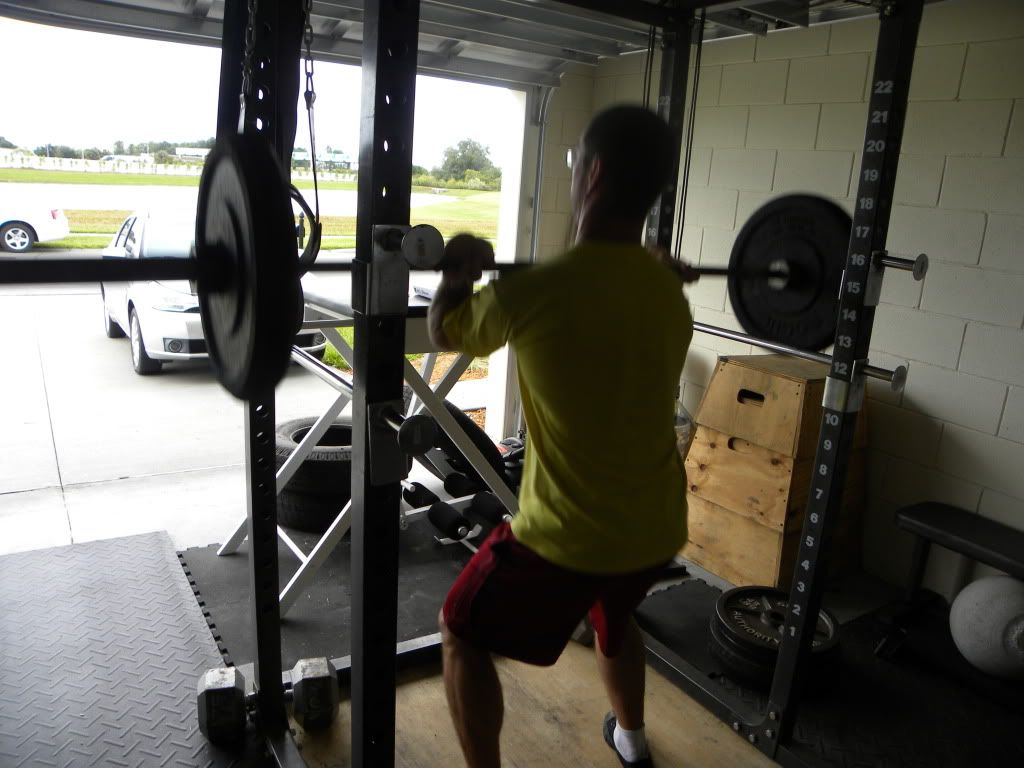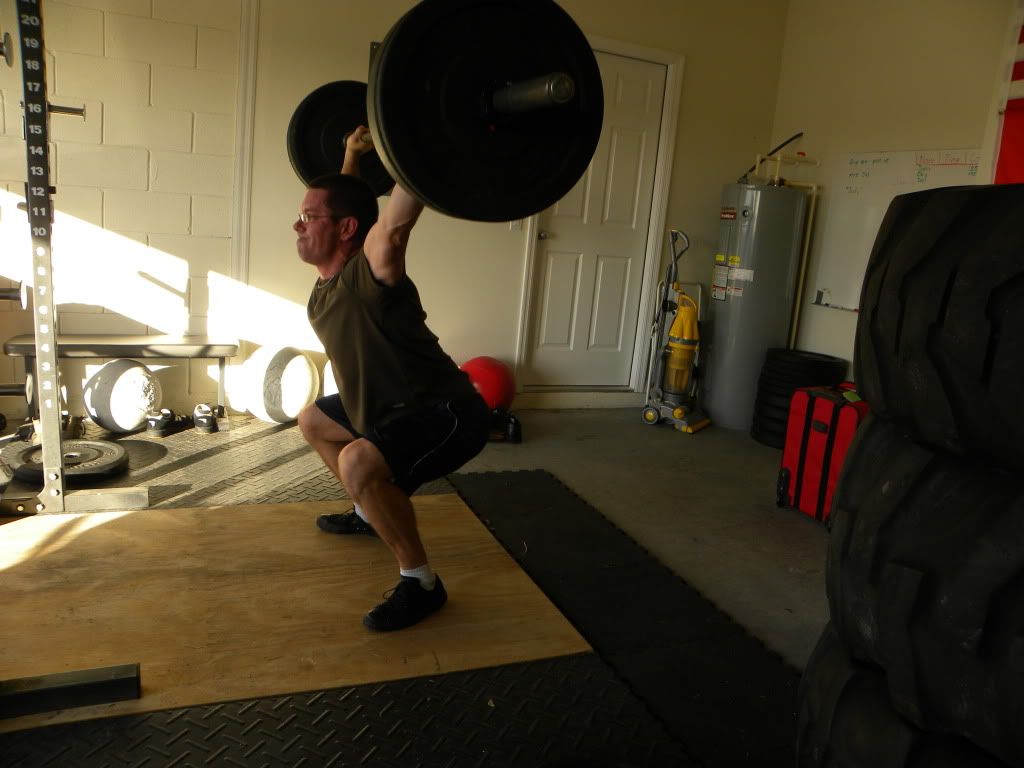Many years ago I was running intervals at the track when I noticed something. I believe I was somewhere around the third lap of my fourth 1,600-meter interval in a set of six when I became aware that my entire face was tense. By this point in the workout I was feeling rather fatigued and working very hard. My facial muscles were contracting as part of the overall effort. Nothing unusual about that, but on this particular occasion I became conscious of it and responded by consciously relaxing my muscles, which I was able to do quite easily because, of course, it is not necessary to tense one’s facial muscles to run hard. When I relaxed my face I felt that the effort required to complete the interval was ever so slightly reduced.
You can tell how hard any runner is working simply by looking at his or her face. The greater the effort, the more agonized the facial expression becomes. In the last part of any race, runners typically wear facial expressions that, outside of the running context, are seen on them only when they are in pain. The last-mile-of-a-marathon look is also the post-toe-stub look.
Read the full article here
Preparation for BUD/S
Powermetric Pull Ups
5 Rounds
10 Burpee Box Jumps
5 Power Cleans
